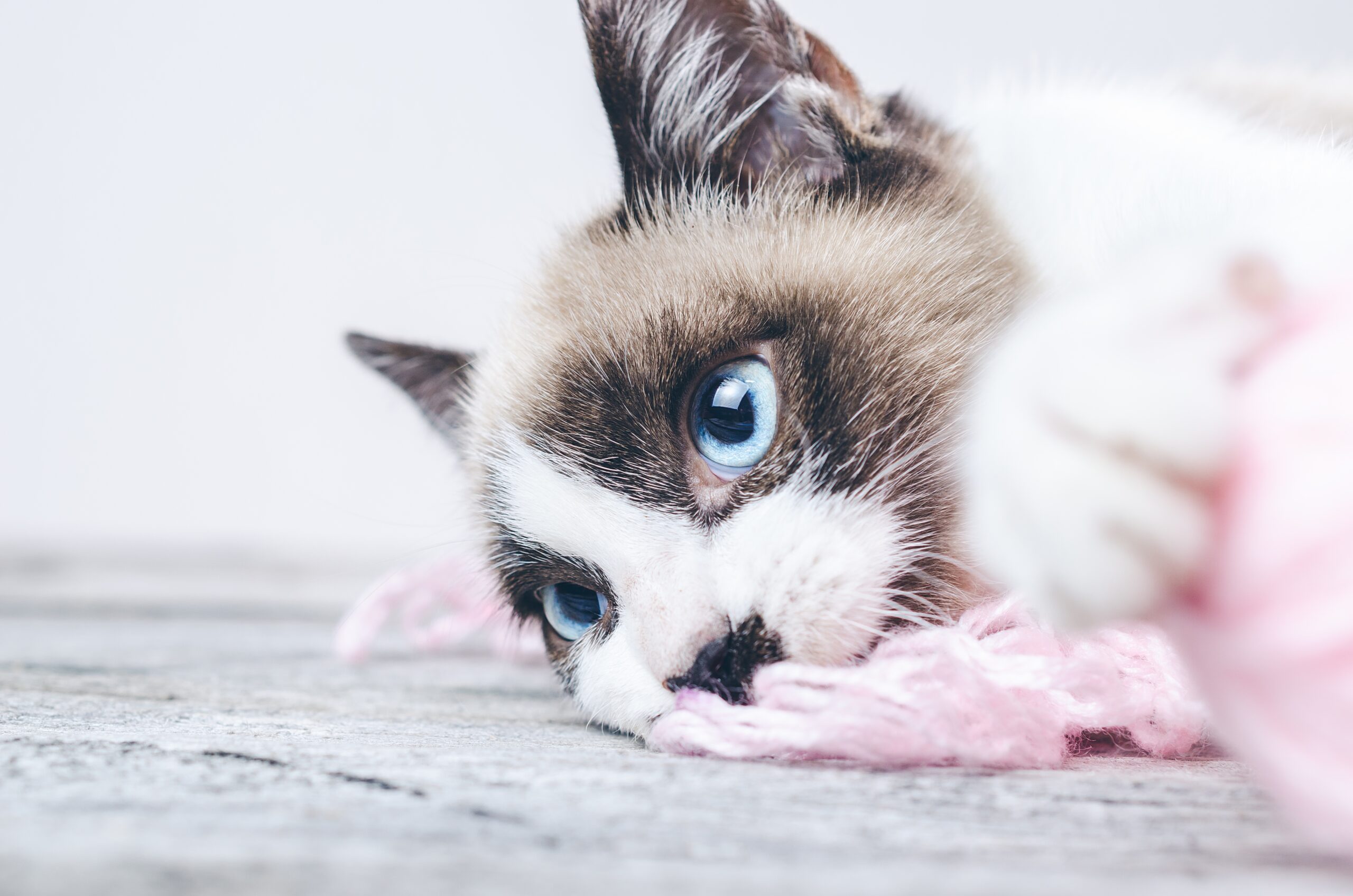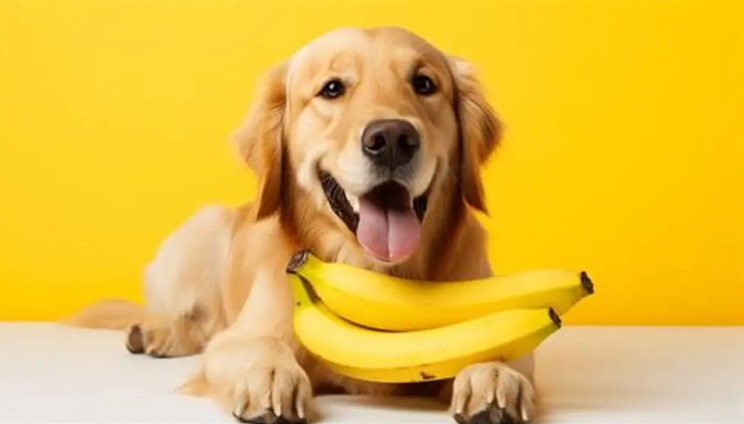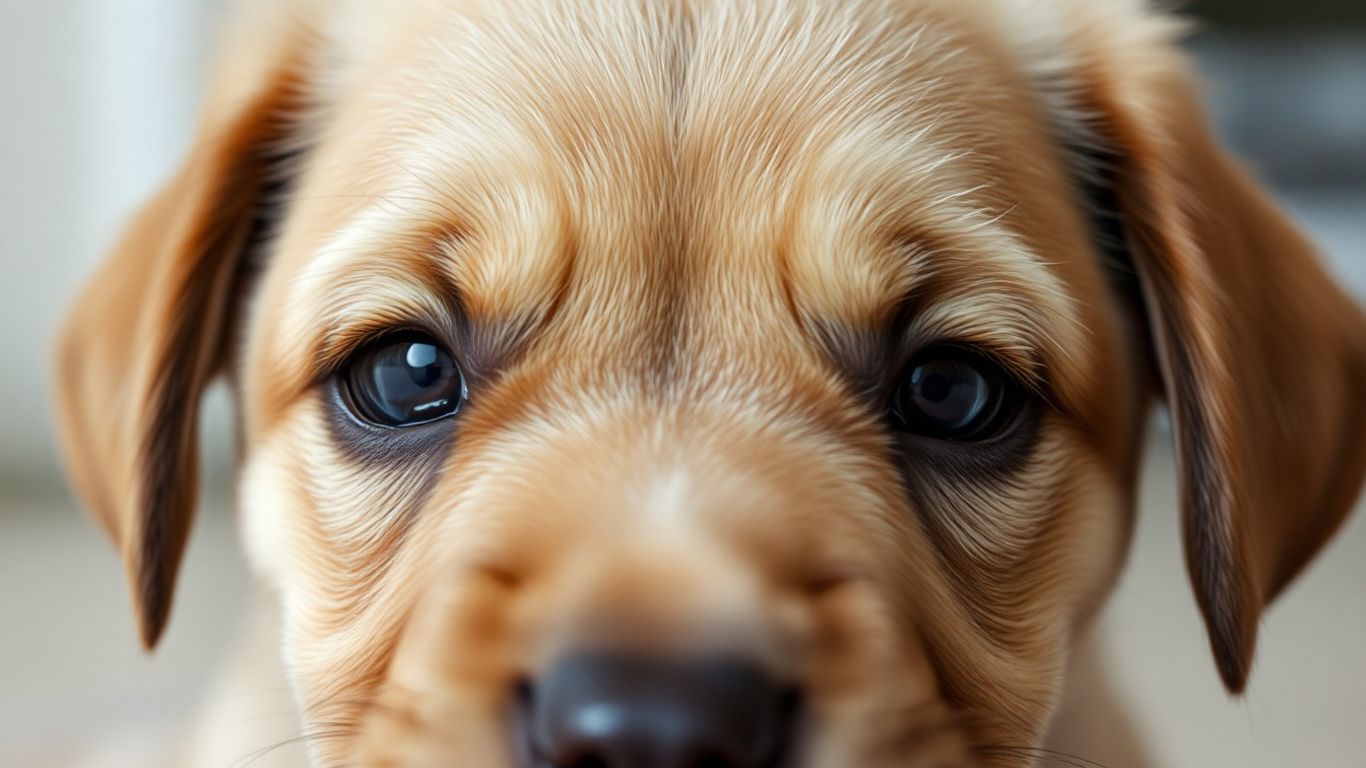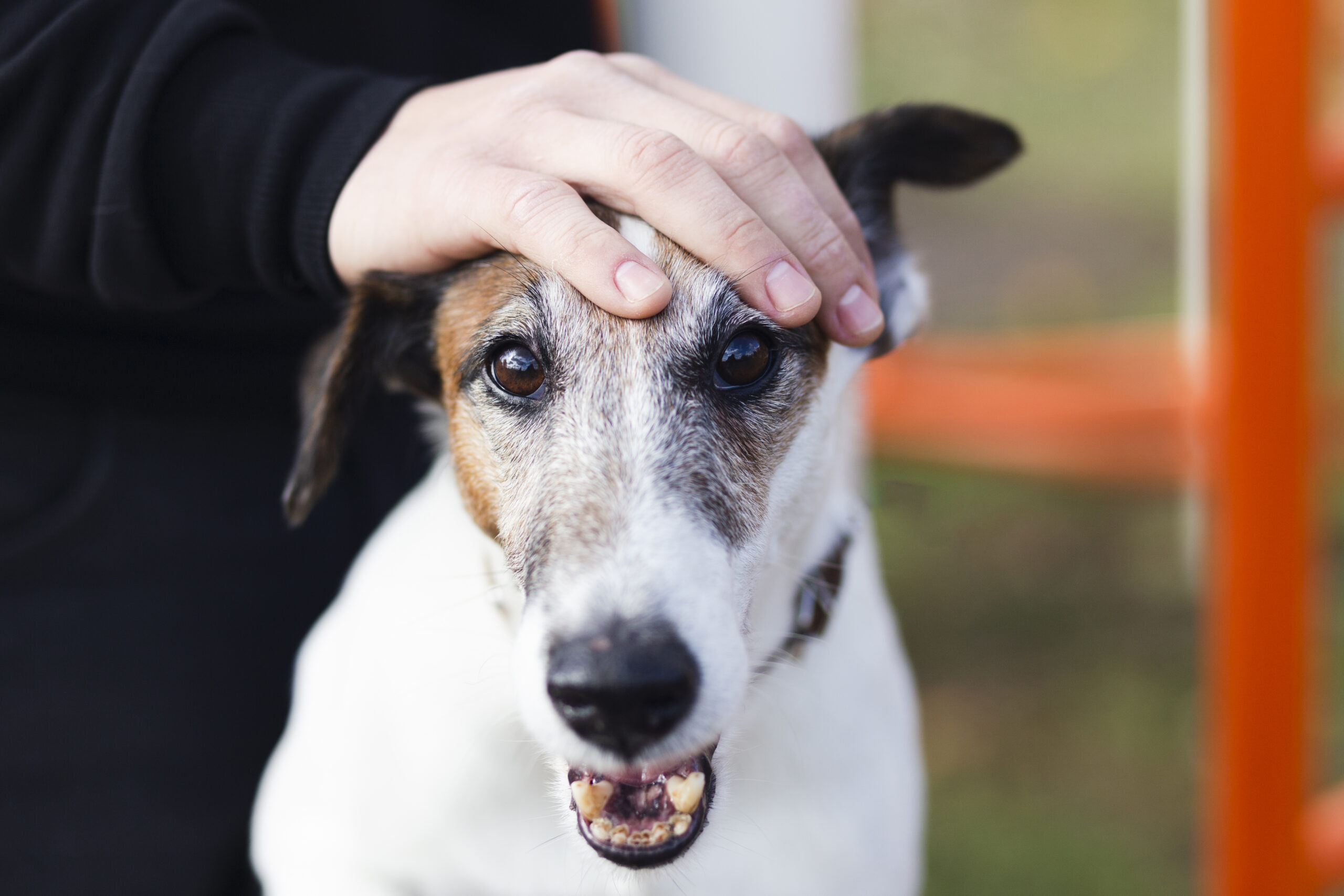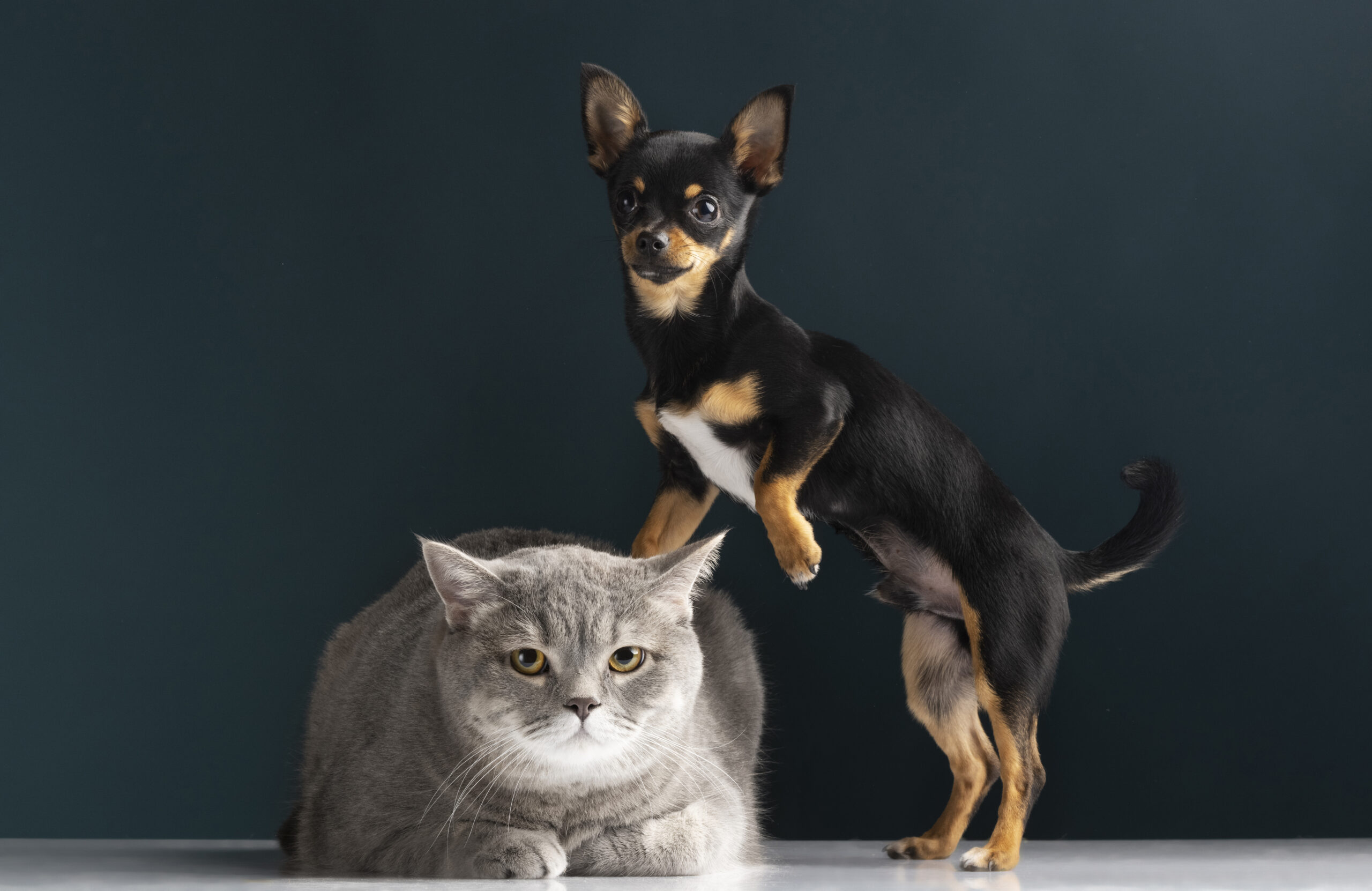Picking the right food for your cat becomes a hassle, thanks to the numerous options available. One of the prime considerations to contemplate is whether to feed your cat with wet or dry food. Both options offer a nutritionally balanced meal, but differ in their processing, benefits, and drawbacks. Knowing these distinctions will allow you to make a better decision for your furry friend. Additionally, take a moment to review our guide on Healthy Cat Treats what to give and what to avoid to ensure your pet’s diet is both safe and rewarding.
Processing of Both Types of Cat Foods
Wet Foods:
Cat meat or any other type of protein is the basis of wet foods. To it, gravy or broth that has grains and other important vitamins and minerals are mixed and cooked, then sealed in pouches or cans. Wet cat food is normally 75-80% moisture, which makes a suitable option for cat hydration particularly for cats that do not like drinking water.
Dry Foods:
Also known as kibble, dry cat foods are produced by making a dough using ground meat, grains, and various other stuff. The dough is cooked, chopped into little pieces, and then dried. The next step involves spraying fats, oils, vitamins, and minerals on the kibble to boost its nutritional value. Compared to wet foods, dry cat foods are easier to store and handle due to their longer shelf life. However, dry foods only have 10% moisture content.
Explore More: 25 Weird Cat Facts That Will Blow Your Mind
Benefits of Wet Food
- Higher Moisture Content: Food that is canned or wet is always better, as it increases hydration levels in the pet. Most cats do not drink a sufficient amount of water, so wet food would work wonders for the cat’s urinary tract or kidneys if there are issues present.
- Palatability: To put it simply, wet food smells and tastes much better compared to dry food, hence is used more frequently for eating. Cats who are picky eaters or elderly cats who are no longer too interested in food are bound to enjoy wet food.
- Easier to Chew: Wet food is ideal for kittens and elderly cats. It is very soft and easy to chew making it better for those who have dental problems or missing teeth in addition to bad teeth.
- Helps with Satiety: Because of the large water content present in wet food, cats can easily feel full without needing to put in additional effort or consuming too many calories. For controlling the weight of the pet, this is extremely important.
Drawbacks of Wet Food
- Spoilage: Wet food, once opened should be consumed within a few days else it will spoil. The unused food must be stored in the refrigerator and for opened food—need to be consumed in one sitting since it dries out or becomes very unsafe to consume.
- Cost: In feeding multiple cats dry food has its benefits, which in comparison to wet food is cheaper time basis. For most cat owners it can add expenses on a daily basis, as multi cat households are on the rise.
- Dental Health: Wet food does not assist in cleaning the tartar or plaque out from the mouth of cats as effectively as dry food does. This is one of the biggest issues that might arise down the line.
Advantages of Dry Food
- Convenience: Dry food is simple to store, doesn’t need refrigeration, and can be left outside for your cat to snack on during the day without going bad.
- Cost-Effective: Cat owners looking for a cost-effective option usually prefer dry food because it is cheaper than wet food, especially when bought in bulk.
- Dental Health: Dry food can aid in the maintenance of dental health by decreasing tartar formation through the chewing action, but it should not be the only strategy for oral care.
- Portion Control and Food Enrichment:The use of dry food in food puzzles and feeders enables mental enrichment for the cat and helps control the portion size of the food given to her.
Disadvantages of Dry Food
- Lower Moisture Content: Cats that tend to have a urinary or kidney problem may face troubles due to low percentages of moisture in food and its lack of additional hydration.
- Less Palatable: Food is dryer is not very appetizing compared to food with wet signifie and poses a challenge for cats that prefer softer or scented food.
- Possible Levels of Carbohydrate Intake: Some cats tend to diet, and that’s where the challenge lies – carbohydrate-rich food. An abundance of food with low nutrition value can put your requires less consideration. Obesity is a real concern if carbs aren’t balanced.
Get the Insights: Thinking- About Adopting a Cat Read This First
Mixing wet and dry food
An ideal combination for some cat owners is dry and wet food. Cats will eat the rest of the wet food during meal times and enjoy the dry food to snack later. The dry food also has added dental health benefits. For convenience, some parents prefer portioning the wet food at meals and leaving the veggie food available during the day.
Monitoring the calorie intake will avoid overfeeding issues if the cat is on a diet, especially with mixed feeding. Over time, the cat parent should be able to notice their cat’s favorite diet and adjust accordingly.
My Opinion
Several factors influence the feeding method, with both wet and dry food also coming with their benefits. Cats will enjoy eating the wet food, but for owners looking for cost-effective options, dry food is a good alternative.
A mix of wet and dry food is often the best option because dry food is easy to serve and good for dental health, and wet food is best for hydration. Always contact your veterinarian to evaluate if you’re making the right choice with respect to your cat’s health, lifestyle, and dietary needs.
Choosing the right diet will allow your cat to get all the essential nutrients while improving their health. Whichever type of food you choose, whether wet, dry, or both, the main objective is to ensure that your cat stays healthy, active, and happy through proper nutrition.
EXTRA:
Pawrpose AI is rethinking pet care—smarter, kinder, and more connected. No more guesswork about your pet’s health, at any age.
Read more here: Pawrpose AI





